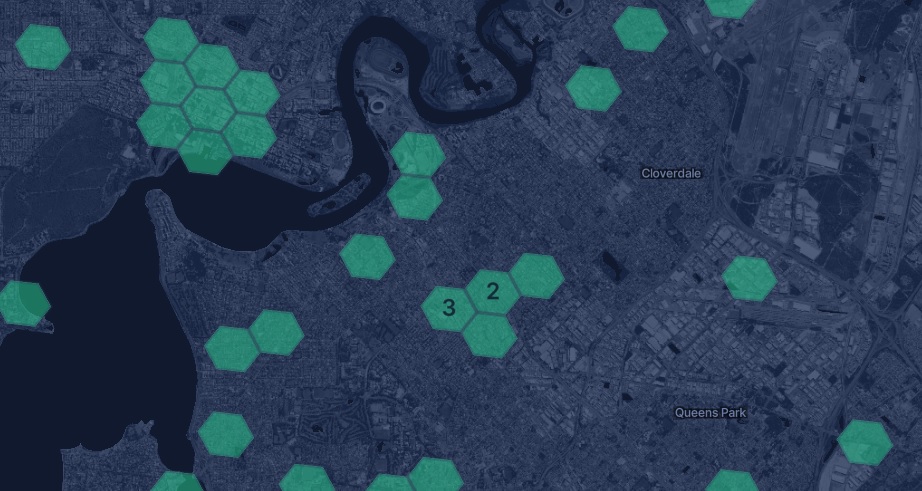Helium Antenna Installation Perth
We provide installation of Helium antennas in Perth, using our own masts and secure install methods allowing your mining setup to remain stable across all weather conditions.
Helium is a wireless network of hotspots that is decentralized, using peer-to-peer technology where hotspots in range can communicate with each other to perform various tasks of value
in return for cryptocurrency reward of the HNT token, otherwise known as mining. As such, the quantity of hotspots you can reach is an important factor to consider
While there are many factors that influence how effective ones Helium hotspot in Perth can be, the goal is to have coverage to as many other hotspots. Essentially the potential to transmit signal further and receive a stronger signal from as many hotspots possible is an important factor and gives you better connectivity to the Helium network. Optimizing 3 aspects maximizes profit potential.
Factors of Better Coverage
As a Helium antenna installer in Perth, I find the following factors of the installation effect your coverage potential to other hotspots.
Height
– The higher the antenna is positioned, the more potential it has to receive signals from hotspots located further away, and can avoid obstructions from neighboring buildings and trees if required. Keep in mind that often depending on the landscape, benefits from height reach a point of diminishing returns. A common height of a mount is a 1.4m to 4.5m ideally placed as high as possible on the roof.
Position
– Ideally the antenna should not be positioned close to nearby trees, obstructions or the TV Antenna or any other antennas on the roof. As for most Helium hotspots an omnidirectional antenna is used, a location on the roof that has a 360 degree line of sight to the horizon is the most beneficial and using the apex of the roof if allowable to maximize the height with any given mount.
Cable
– Signal losses increase with cable length run and with every termination or joint. While LMR400 generally has a fairly low loss, it’s always good to not run a longer cable than what you need such as choosing which wall to go down or locating the hotspot in a room as close as convenient. Some users choose to locate their hotspot in the roof or attic where temperature limits and ventilation need to be taken into account of your specific device.
The two most common cable types are RG58, then LMR400 which offers a low loss in moderate run lengths while still being fairly flexible to get through most wall cavities. We can custom make cables of any length to suit your installation.
Call 0423 919 037 to book your helium antenna installation today.


